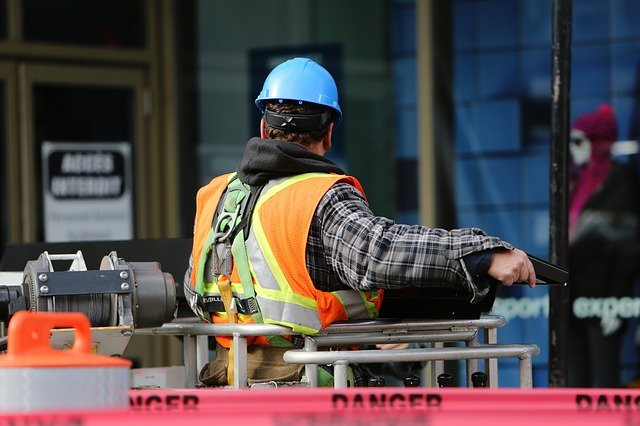How Do Construction Defects Affect Property Taxes?
Image by LEEROY Agency from Pixabay
Construction defects can impact property taxes by decreasing a property’s market value, which largely contributes to property tax. This means that property owners may need to pay a lower amount of property taxes if construction defects negatively affected the property value.
Types of Construction Defects
Construction defects are any type of defect in the systems, construction materials, design, or workmanship of a property that causes damage to properties or people.
There are many types of construction defects that can develop and cause damage at a later point, including poorly installed wiring, mold, faulty plumbing, cracks in the foundation, timber rot, or damaged roofing or siding.
Oftentimes, construction defects require expensive repairs and put people in harm’s way, which can lead property owners to pay heavy costs and face legal issues with people injured as a result of construction defects. Repairing construction defects may also involve legal complications around the construction workers responsible for the defect, which can be equally daunting.
Determining the Effects of Construction Defects on Property Taxes
When calculating property taxes based on the impact of construction defects, it’s important to understand the differences between different types of properties. Generally, real property and personal property are the two main areas in which property taxes apply. While personal property consists of mobile property such as vehicles and bonds, real property is fixed into place and comprises land and buildings.
It’s possible to calculate real property tax by multiplying the property’s tax rate and its value. In many cases, it’s necessary to determine the market value of the property or the amount it would sell for before calculating property tax. Construction defects that hurt the value of the property will typically result in lower property taxes.
For many property owners, a good first step to take to reduce property taxes is to seek a reassessment, as many homes with construction defects have over-assessed property values. It’s important to act quickly if owners suspect that construction defects have impacted their property. To get started on a reassessment, owners can reach out to their local county assessor’s office, after which an appraiser or assessor will come to the home to assess the property.
The Assessment Appeals Process
If the assessment yields results that don’t satisfy the property owner and they believe the property is taxed too high, they can initiate the appeals process. Keep in mind that they have less than 30 days to file an appeal. The owner will then need to research the property’s tax rates and compare them to other similar nearby properties. During the appeals process, owners will also need to get an estimate for the costs of the construction defect.
After conducting sufficient research, property owners can contact the assessor’s office again for a review. In these cases, assessors may be willing to discuss the assessment in person or over the phone more informally, or they may require the property owner to complete certain forms.
Upon review, if the property owner is still unhappy with the results, it’s possible to appeal it.
Taking these steps can help property owners determine if construction defects have negatively affected their property and whether they qualify for reduced property taxes.

